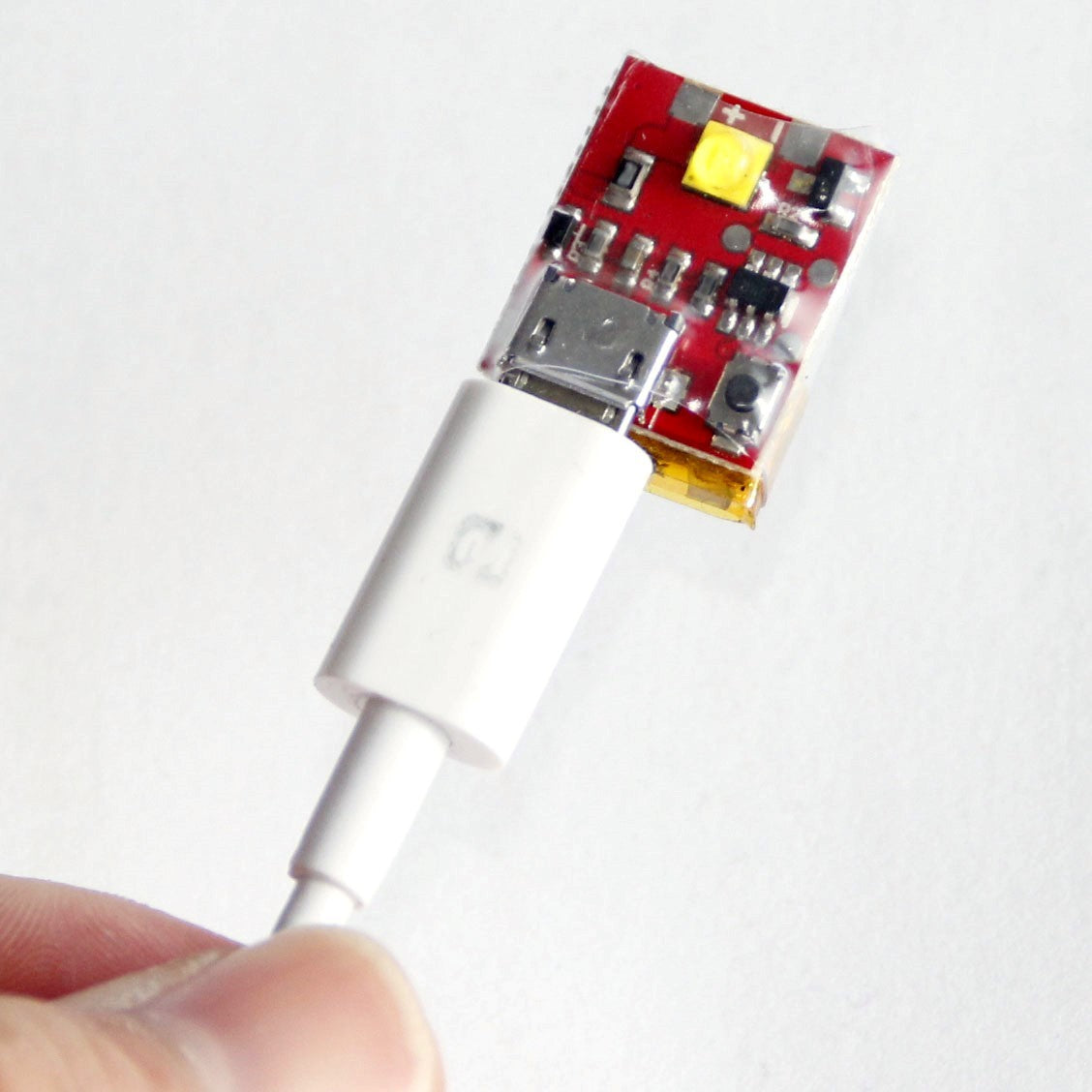I want to attempt to film some local terrain features (awesome rockfaces on an escarpment). The features are located on conservation authority land, from which drone operations are generally not allowed.
I can get "close" sort of, about 500m away, from public roads. The route in and out is direct and I can maintain VLOS. I want to attempt this with an Air 2S and other than overflying private property (farms, houses) it should be a piece of cake on a day with low winds.
So my noob question is this: is this a realistic distance for a flight mission, and what overall risk level would experienced pilots put this at? It's farther than I've flown before. I'm using the basic controller, and I'm sure the range is fine, but I'm nervous because I lost connectivity with my Mini SE the first day out after going about 150m and flying it behind the tops of some trees.
Any special considerations I should think about that maybe I haven't considered?
Context: Canadian location (Mt Nemo, Rattlesnake Point in Halton Region, Ontario), I am Basic RPAS pilot certified and this falls within basic operations in Class G airspace.
Thanks!
I can get "close" sort of, about 500m away, from public roads. The route in and out is direct and I can maintain VLOS. I want to attempt this with an Air 2S and other than overflying private property (farms, houses) it should be a piece of cake on a day with low winds.
So my noob question is this: is this a realistic distance for a flight mission, and what overall risk level would experienced pilots put this at? It's farther than I've flown before. I'm using the basic controller, and I'm sure the range is fine, but I'm nervous because I lost connectivity with my Mini SE the first day out after going about 150m and flying it behind the tops of some trees.
Any special considerations I should think about that maybe I haven't considered?
Context: Canadian location (Mt Nemo, Rattlesnake Point in Halton Region, Ontario), I am Basic RPAS pilot certified and this falls within basic operations in Class G airspace.
Thanks!













